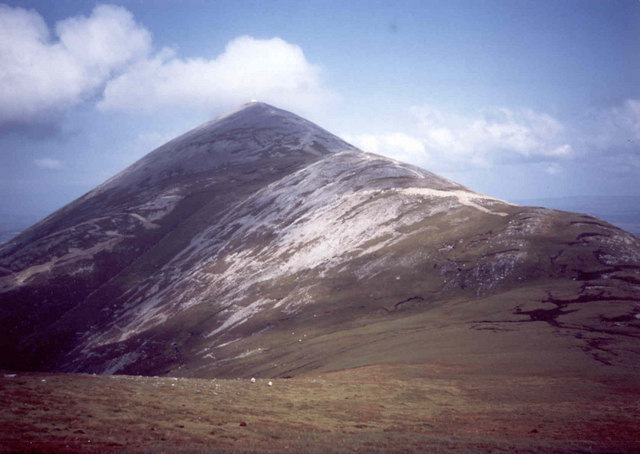Short History of Mayo
Mayo's geological landscape holds the story of land connections with places and
cultures, which today lie oceans apart. The long and turbulent geological
history of the West of Ireland, which stretches back hundreds of millions of
years, contains tales of colliding continents and the fusing of North America
with parts of North West Ireland. An ancient, grinding force threw up mountain
chains which today have remnants stretching from the Appalachians and
Newfoundland, to Connacht and Ulster, to Scotland and finally through east
Greenland to Scandinavia. Connections in the more recent past, some 20,000 years
ago after the last great Ice Age, link Ireland to Scotland, Wales and England
via land bridges, which were subsequently drowned by rising sea levels perhaps
as recently as 8000 years ago.
It is on this geological landscape that the flora and fauna, and eventually
human settlement, developed in Mayo that is demonstrated by the dated evidence
of pastoral farming at Céide Fields some 5700 years ago.
Mayo's rich archaeological landscape and its attendant cultures are evidenced in
the many megalithic tombs and finds of bronze and gold artifacts some dated from
about 3500 years ago. Stone circles, stone alignments and standing stones
indicate ritual cultures which are comparable to those in Ulster, Scotland,
Wales, England, France and Iberia. The formal coming of Christianity to Ireland
some 1570 years ago marked further connections with Britain and the continent
and in Mayo the parallel development of Patrician and Columban Church. The
Columban tradition in Mayo was marked by strong connections with Ulster,
Scotland and Northumbria. Farming settlements in the form of groupings of
ringforts developed around the monastic sites.
With the coming of the Normans some 830 years ago there were further changes in
the landscape with the establishment of estates and the medieval towns. The
introduction and maintenance of large estates and landlords subsequently deeply
affected rural life in the West of Ireland. This caused a dependency culture in
land ownership and land use to exist that was to underlie the outcome of the
Great Famine of 150 years ago. Mayo, along with other western counties, suffered
great deprivations, which forced, for the more fortunate survivors, connections
through emigration, to be made with North America and Australia.

We must not forget that Mayo, being a coastal county, undoubtedly has a largely
untold maritime history. This hidden history must be pervasive through
archaeological and historical time and must provide vital connections in time
and place to Mayo from a wider world.
Kevin Barton
Convener, Conference Organising Committee